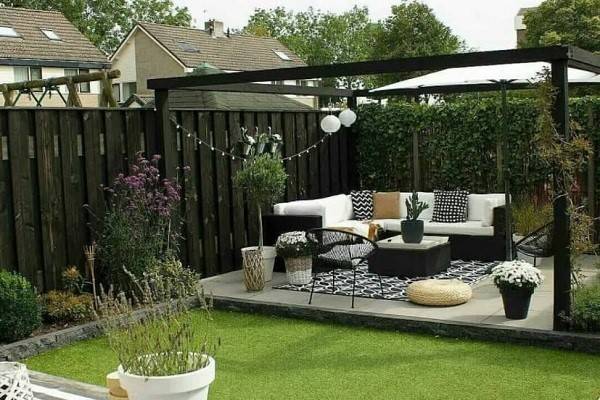Easy and Economic Flooring Upgrade Options for Old Homes
When thinking of a home upgrade, most people tend to overlook flooring as it is not the most obvious aspect of a home interior. However, the floor is an easy way to breathe new life into the look and feel of a home. It is also a great way to boost the value of the property without having to spend too much.
Given below are a few simple and cost-effective ways to refresh the old setting of a home through a flooring upgradation-
Installing a Floating Floor
A wooden floor is a great way to create a feeling of warmth and coziness. One of the most convenient ways to get a new wooden underfoot is by installing a floating floor. This type of flooring differs from the conventional flooring from the aspect that the wooden strips are attached together with glue or snapped together and are not nailed. Floating floors go well with all types of flooring- concrete, sheet vinyl, ceramic tiles as well as plywood.
Laying Engineered Wood Floors
Of late, thin sheets of engineered wood are glued together in a manner similar to installing plywood. They are durable, easy to install, quick, and come with a factory-applied finish.
Floorpaint
When the budget is limited, refinishing the floor of an old home is not quite feasible. For such situations, painting the floor is a great way to create an entirely new look. It must be made sure that the floor paint chosen is of good quality, is durable and can last for the longest time with negligible maintenance with a few coats of paint.
A Cork Floor
A cork floor provides that much needed cushioning and warmth to the feet at every step during the colder months. It is durable, resilient, natural, earthy and appealing to look at. It provides a nice welcoming feel to the interiors.
Compared to traditional wood floors, cork is much easier in its installation. Cork flooring is available as engineered panels that can be attached together and do not require the use of any glue or nails.
Vinyl Tile Floor
Vinyl tiles were the popular option for flooring before the advent of the durable sheet flooring and plastic laminate planks. These vinyl tiles were originally manufactured as an alternative to linoleum. Due to the variety in color options, textures, and patterns, convenience of cleaning and resistance towards cracking, vinyl tiles became a popular choice then and now.



